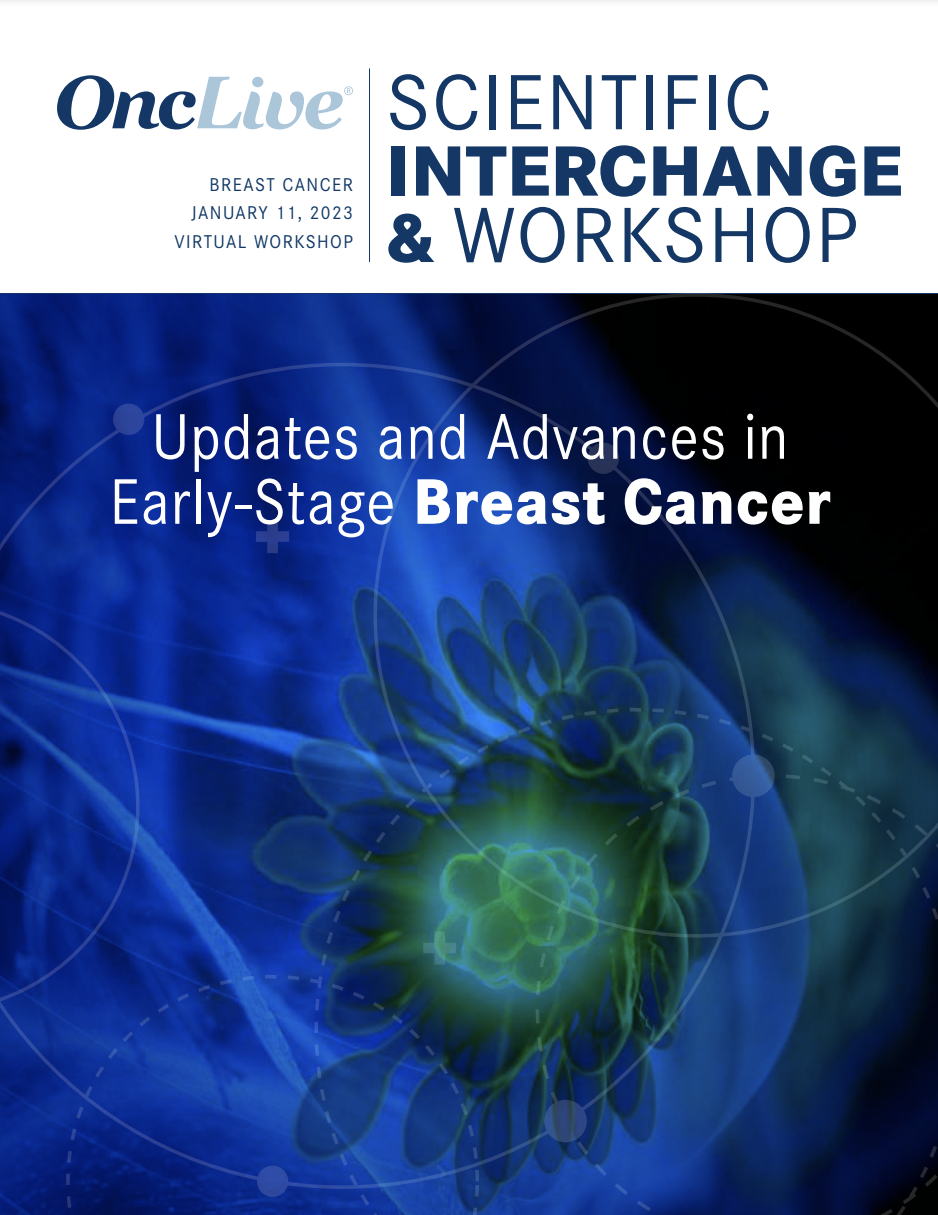Video
Dr Minchom on the Safety of Subcutaneous Amivantamab in Advanced Solid Tumors
Author(s):
Anna R. Minchom MD, BCh, MB, MRCP, discusses the safety and recommended phase 2 doses of subcutaneous amivantamab-vmjw for patients with advanced solid tumors in the phase 1b PALOMA trial.
Anna R. Minchom MD, BCh, MB, MRCP, consultant medical oncologist, Lung Unit, BRC Clinical Scientist, Drug Development Unit, Royal Marsden Hospital; team leader, Institute of Cancer Research, Sutton, United Kingdom, discusses the safety and recommended phase 2 doses (RP2Ds) of subcutaneous (SC) amivantamab-vmjw (Rybrevant) for patients with advanced solid tumors in the phase 1b PALOMA trial (NCT04606381).
The PALOMA trial is an ongoing dose-escalation study evaluating the feasibility, safety, and pharmacokinetics of low and high concentrations of SC amivantamab The trial enrolled patients with metastatic or unresectable solid tumors who could potentially benefit from EGFR- or MET-directed therapy. The majority of patients enrolled on the study (88%) had non–small cell lung cancer (NSCLC) as of March 13, 2023.
Previously reported data from this trial showed that SC amivantamab administered at the RP2D intravenous (IV) doses for the agent (1050 mg or 1400 mg if ≥80 kg) was easily administered, was well tolerated, and reduced the incidence of infusion-related reactions (IRRs) vs historical rates with IV administration, Minchom begins.
Updated analysis confirmed these findings. Amivantamab showed ease of administration with delivery times not exceeding 7 minutes. Additionally, IRR rates with the SC method were 16% vs 67% with IV delivery, and all events were grade 1 or 2, Minchom reports. Additionally, all IRRs occurred during the first dose , and full dose administration onday 1 of cycle 1 did not increase the risk of IRRs. As such, split-dosing administration wasnot necessary with this delivery method. SC delivery was also associated with reduced irritation around the injection site. All other adverse effects (AEs) observed were generally consistent with the previously reported safety profile for IV amivantamab.
Pharmacokinetic analysis identified the projected doses for the twice-weekly amivantamab regimen as 1600 mg (2240 mg if ≥80 kg), Minchom continues. For patients treated with the regimen three times a week, doses were 2400 mg (3360 mg if ≥80 kg), Minchom states. Similar exposure to the approved IV dose was achieved with this dose.
Dr Minchom reports serving as a consultant or in an advisory role for Genmab, Janssen Oncology, Merck, and Takeda; she received honoraria from Bayer, Chugai Pharma, GlaxoSmithKline, Janssen, Merck, and Novartis Pharmaceuticals UK Ltd.









